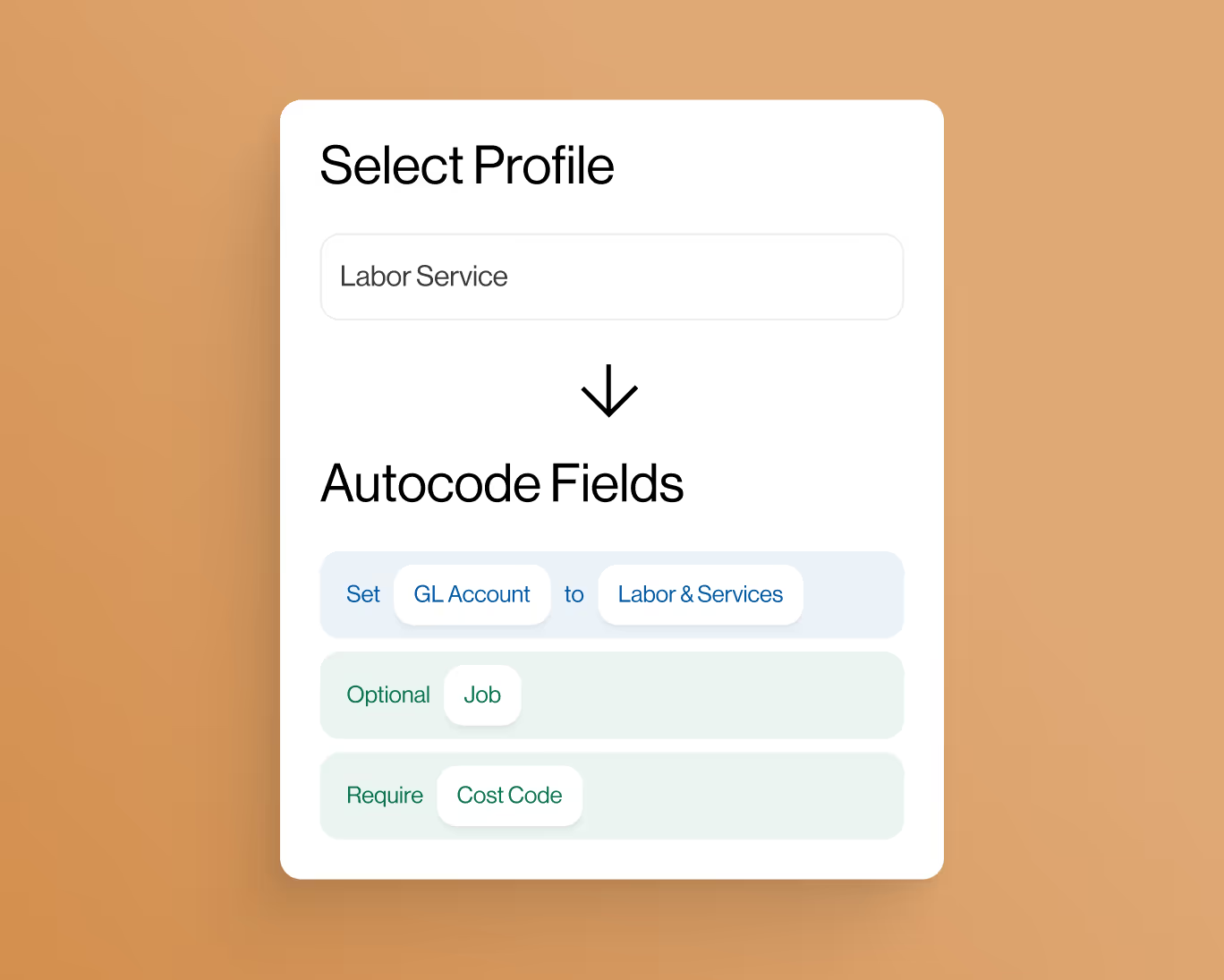Realized and Unrealized Gains and Losses Report
Financial management is a critical aspect of any business, and the construction industry is no exception. In the world of project finances, the Realized and Unrealized Gains and Losses Report plays a vital role in assessing the financial health of construction projects. This report provides insights into the profitability of completed projects and the potential impacts of market fluctuations on ongoing projects. In this article, we will delve into the significance of the Realized and Unrealized Gains and Losses Report in the construction industry and explore how it contributes to informed decision-making and financial transparency.
Understanding Realized and Unrealized Gains and Losses
Realized gains and losses refer to the profits or losses generated from completed transactions. In contrast, unrealized gains and losses stem from changes in the value of assets that have not yet been sold or settled. Both types of gains and losses are important indicators of a project's financial performance.
The Role of the Report
The Realized and Unrealized Gains and Losses Report provides a comprehensive overview of financial performance by accounting for both realized and unrealized gains and losses. This information is crucial for:
- Project Evaluation: Assessing the profitability of completed projects and understanding their contribution to the company's overall financial position.
- Market Volatility Analysis: Evaluating the impact of market fluctuations on ongoing projects and making informed decisions to mitigate potential risks.
- Investor Relations: Providing stakeholders with accurate financial data to demonstrate the company's financial stability and growth prospects.
Components of the Report
A comprehensive Realized and Unrealized Gains and Losses Report typically includes the following components:
- Realized Gains and Losses: Summarizes profits or losses from completed transactions, such as the sale of assets or project deliverables.
- Unrealized Gains and Losses: Reflects changes in the value of assets that have not been sold, considering market fluctuations.
- Net Gains and Losses: The total gains and losses, combining both realized and unrealized amounts.
Benefits of the Report
The Realized and Unrealized Gains and Losses Report offers several advantages:
- Financial Visibility: Provides a holistic view of the company's financial performance, including completed and ongoing projects.
- Strategic Decision-Making: Enables informed decisions to mitigate risks and capitalize on opportunities based on market fluctuations.
- Investor Confidence: Demonstrates financial transparency and stability, enhancing trust among stakeholders and potential investors.
Creating the Report
Generating the Realized and Unrealized Gains and Losses Report involves collecting data from various sources, such as financial records, investment portfolios, and market data. Advanced financial management software can streamline this process by automatically aggregating data and providing customizable reporting options.
Conclusion
The Realized and Unrealized Gains and Losses Report is a cornerstone of financial management in the construction industry. By providing insights into completed project profitability and potential impacts of market fluctuations on ongoing projects, the report empowers construction companies to make informed decisions, enhance financial transparency, and build stronger relationships with stakeholders. Embracing the insights offered by this report is a key step toward achieving financial success in the construction industry.










